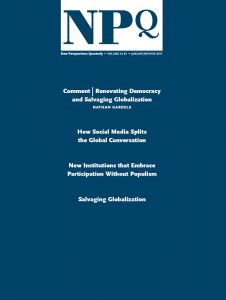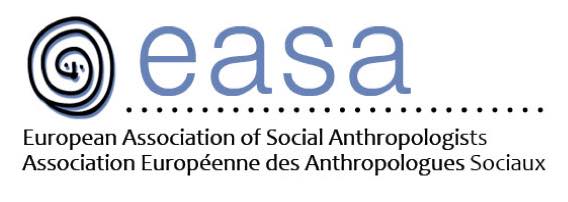Identity, Late-Modernity, and the Consumer Society
The concept of identity is one that holds great appeal; gripping the attention of both scholars and society. Nevertheless, the literature reveals little consensus as to what identity actually means. The term is expansive and the prevailing way to study it is to select out specific aspects of any individual such as their gender, nationality, race/ethnicity, job status, family role, sexuality, and so on. However, there have been dominant theoretical perspectives when considering identity. Additionally, it appears that current social arrangements have – once again – influenced our thinking. The purpose of this post is to outline two theoretical perspectives of identity and show how the rise of a late or postmodern society has influenced these lines of thought.
There can be little doubt that the study of identity has been addressed in various ways across several disciplines. Perhaps the most well-known treatment of identity comes from the field of psychology where identity represents a critical phase in the development of youth. Here, the construction of a reliable and steady identity is seen as one of the highest levels of achievement in adolescent development. This is because the time during adolescence is characterized by Sturm und Drang (storm and stress) in which youth experience both anti-social sentiments and emotional upheaval – provoking a sort of identity crisis.
Early sociological treatments of self and identity did not see individuals and society as separable entities. Instead, micro-sociologists offered a counterpoint to structural functionalism’s emphasis on large scale structures. Central to their perspective was the idea that people create meaning through their social interactions with others – a framework commonly referred to as symbolic interactionism. Through this perspective, an individual’s identity is understood as a social product, the result of the social interactions and performances, and established within the confines of specific social contexts.
The conditions in which identities form have changed in recent years. Indeed, sociologists have increasingly taken note of new social configurations commonly referred to as late modernity or postmodernity. Perhaps the most defining trait of late modernity is a social world experiencing constant flux. As Ferrell and colleagues (2008: 59) note: “Late modernity’s pluralism can be understood as a kind of hyperpluralism, a swirling proximity of discordant values that confounds the global and local. The shock of the plural, the uncertainty of the hyperplural, derive from everyday exposure to an inordinate variety of cultural meanings, subcultural styles, and definitions of propriety and deviance. Here meanings overlap, values hybridize, and identities collapse onto each other – to the point that ‘normal’ is no longer a certainty, and the taken for granted world begins to blur”.
In essence, late modern societies are characterized as having a greater degree of complexity than in the preceding era marked by modern capitalism. By dismantling traditional forms of society, late/postmodernity has brought about re-culturalizing forces that have placed significance on consumerism, the creation of new lifestyles, and widespread narcissism.
A central feature of contemporary society, then, has been the gradual erosion of traditional bases from which settled identities may develop, including old scripts of work, religion, family, and community. Theorists often note that these unstable grounds providing the base for identity construction are central to the ontological insecurities experienced by many within late-modernity (Hayward, 2004; Young, 2007). Recent work has suggested that – due to the rapid social, cultural, and economic shifts brought about by advanced capitalism – identities have become forever dis-embedded.
Mounting literature has also highlighted the significance of a growing consumer culture to provide the means necessary for constructing an identity within contemporary society. In this regard, the body is objectified, subject to constant modification, and governable to the logic of commodities (Featherstone 2008). Distinct from previous eras, identity has become subject to the principles of aesthetics whereby products and status symbols are actively sought within a burgeoning consumer culture to invest in one’s image. Now, individuals invest in bodily appearances so as to establish, enhance, or maintain their self-identity (Giddens 1991).
Read: Best, A. 2011. Youth Identity Formation: Contemporary Identity Work. Sociology Compass 5(10): 908-922.
Read: Hayward, K. 2004. City Limits: Crime, Consumer Culture, and the Urban Experience. London: Glasshouse Press.
Read: Young, J. 2007. The Vertigo of Late Modernity. London: Sage.





1099-1328/asset/dsa_logo.jpg?v=1&s=e4815e0ca3064f294ac2e8e6d95918f84e0888dd)